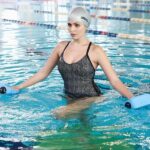Nose Plugs for Swimming: All You Need to Know
When it comes to enjoying your hobby or water sport, it’s wise not to succumb to snobbery and purists. If a swimming accessory improves your results and helps you to enjoy swimming, more power to you. Adding a swimming nose clip to your swims could make a positive difference to you, even if it’s not something you ever considered before.
In this article, we’ll find out what the advantages are to using nose plugs for swimming and what to pay attention to when you’re using them. Following that we will have a look at the selection of nose clips that arena offers. Lastly, we will review if nose plugs are a good fit for you and your individual circumstances.
The Advantages of Using Nose Plugs for Swimming
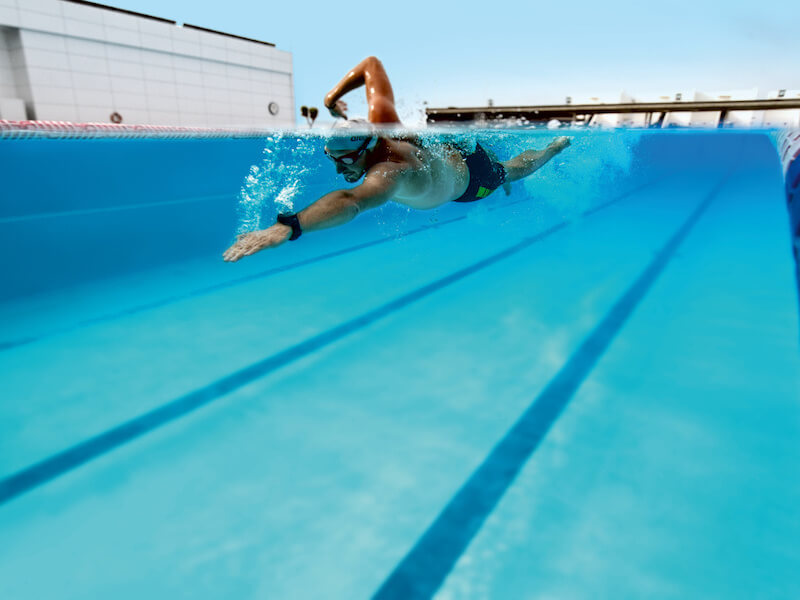
Using a nose clip is akin to using ear plugs in that not everyone uses them, but there may be advantages for some swimmers, and some people may actually need them. As with all swimming equipment, you should always assess what results you desire from it before you take the plunge. Let’s find out how nose plugs can support your health and your swimming.
Protect Your Nose
We all know that the number-one job of a nose clip is to prevent water from entering your nose while you are submerged. You have the option to physically close your mouth, but your nose remains exposed.
A nose plug works during all strokes and will help you to take on less chlorinated water. It may alleviate post-swim sneezing, which can be caused by chemicals, chlorine, dirt, and bacteria that irritate the nose’s delicate membranes.
A nose plug is also a great addition to open-water swims where there could be a risk of bacteria in the body of water you have selected. Some open-water swimmers regularly complain about a runny nose that lasts for hours after a swim, and sea swimmers can even have adverse reactions to salt.
Your nose clip can also help you if you are susceptible to sinusitis, have had surgery to repair a deviated septum, or other nose-related issues.
Master Your Breathing
Learning how to swim involves a mix of breath mastery, timing, and stroke technique. Cutting off your nose’s supply of oxygen and water means you don’t have to worry about exhaling at the right times to stop water getting in. Nose plugs for swimming can also help you to control your exhale more efficiently when underwater during the flip turn and dolphin kicking phase of your stroke.
Gain Backstroke Improvements
Nose plugs help you during freestyle as you no longer have to worry about inhaling water during the head turn. With good control though, this can be achieved even without a nose clip.
However, during backstroke, it isn’t always possible to anticipate when you will take on water. If your backstroke swimming technique isn’t perfectly balanced, you may accidentally let your nostrils dip below the surface of the water. There is also a risk of splashing water in your face with your arm during the recovery phase.
Having a nose plug to absolve you of these distractions can help you to bring your attention to improving the nuances of your stroke, thus boosting your confidence.
What to Be Aware of When Using Nose Plugs for Swimming
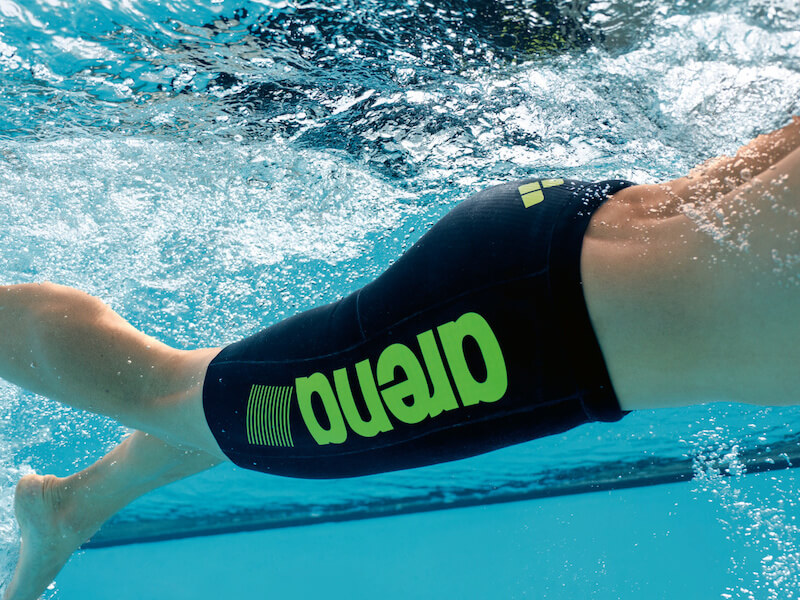
It’s not just beginners that use nose plugs for swimming, you will also see them during televised competitive swimming, such as the Olympics. However, there are a couple things you want to be aware of when using nose plugs.
Bad Breathing Habits
Using nose plugs for swimming can actually end up as a crutch for some people, creating bad habits that can be hard to shake off.
Your breathing becomes slightly less efficient when using a nose clip, as you are now limited to one orifice to control your body’s intake of oxygen. A nose clip can also get you into a bad habit of holding your breath when your head is in the water, when you should really be exhaling. This can lead to a stiffer swimming technique which will stifle your movement through the water.
Becoming Congested
Surprisingly, using a nose plug can actually lead to water becoming trapped in your nose. Your airways are connected, and as you swim, you may accidentally inhale water.
The problem is that now this water has nowhere to go. The nose will then generate snot, which is uncomfortable and can impact your breathing. Some swimmers complain of being congested for some time following the use of a nose clip during their swim.
Are Swimming Nose Plugs Right for You?
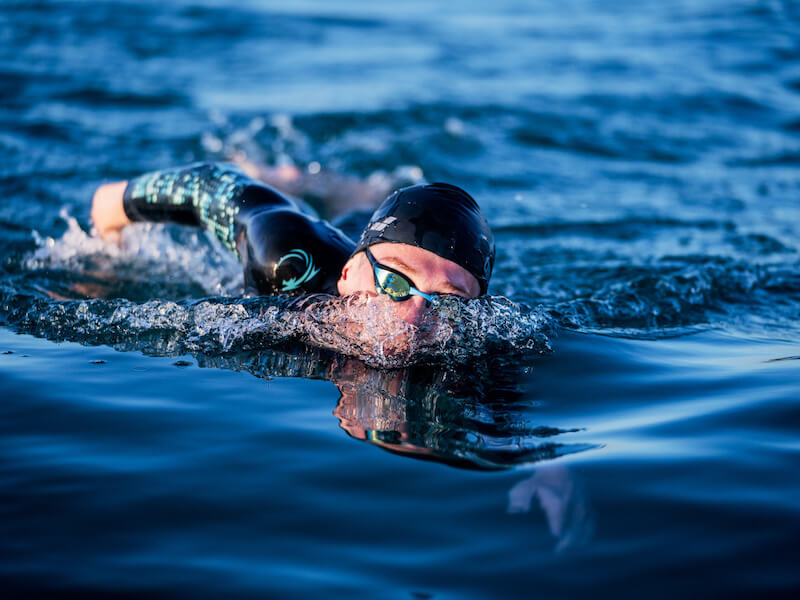
Using a nose plug for swimming is definitely a personal choice that should be considered and then tested out if you feel you would gain some benefits from using one. Nose plugs are a simple piece of swimming equipment and therefore come at a low price. It’s a good investment to make as it may improve your swimming and protect your nose.
If you’re a beginner who wants to make stroke improvements, especially in freestyle (during the head turn) or backstroke (dealing with taking on unwanted water), a nose clip could be beneficial to your training. If you’re learning basic swimming technique or taking a swim class, ask your coach’s advice on how and when to use a nose plug.
What is important is being cognizant of your swimming abilities and what your training modifications are doing to your swimming technique. Use your nose clip with caution, staying aware of any bad habits it may form.
If you suffer from any irritation caused by either chlorinated water or open-water swimming, a nose plug could be a great addition to your swim bag to alleviate stress and help you focus on improving your swim technique and on simply enjoying the experience.
The Best Nose Clips for Swimming
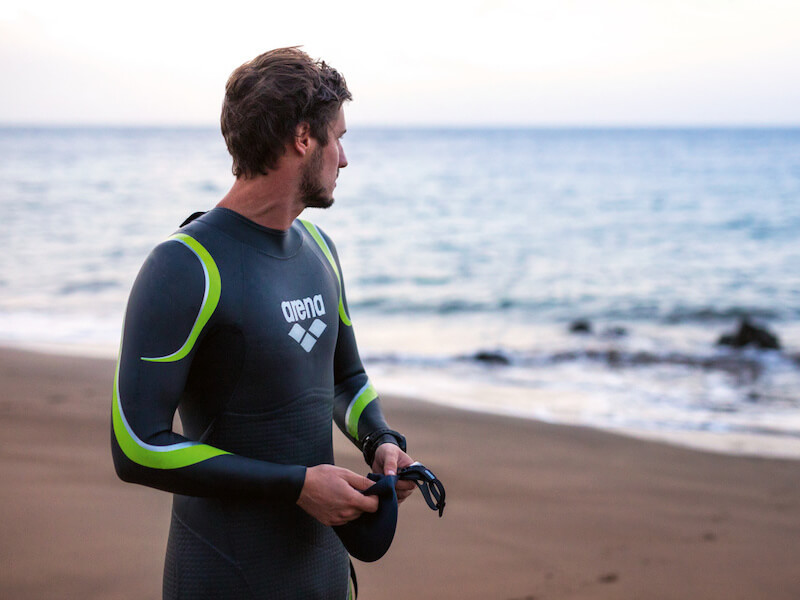
A nose clip only has two jobs: keeping your nostrils sealed up and ensuring a comfortable fit. So choosing a nose clip is fairly simple. There’s currently a selection of three types of arena nose clips on arena’s store.
For swimming in chlorinated pools, it’s worth checking out the Nose Clip Pro II. It is a one-size-fits-all nose plug that can also fit swimmers with high nose bridges. The Nose Clip Pro II is recommended for advanced swimmers as it will stay put during the most aggressive of movements, such as the flip turn.
Open-water swimmers should check out the Strap Nose Clip Pro. It’s a very comfortable nose plug that also features a soft silicone strap so you won’t lose it when swimming in deep dark bodies of water. The Strap Nose Clip Pro can also be used in the pool, depending on your personal preference.
Make sure you always wash your nose plugs after use so they don’t get damaged by chlorine. Always protect them by storing them in a carrying case.
Nose Plugs Could Help You
Now that you know that there’s a lot of swimming and health-related issues that nose plugs can help with, it’s most likely worth your time to give them a try. Remember that they can help to protect your nose from waterborne bacteria, to control your exhale and to make noticeable improvements to your stroke technique.
But there is a chance that nose plugs can conversely create bad breathing habits and cause you to become congested post-swim.
Since nose plugs are priced so low and can easily fit unnoticed in any swim bag, they’re probably worth adding to your growing list of swim equipment. They’re a great addition to have if you simply have a cold and want to protect your nose during that swim.
Nose plugs for swimming are just the tip of the iceberg when it comes to swimming gear that can help your training or competitions become a better experience. Check out arena’s online store for nose plugs and anything else you could possibly think of for indoor and outdoor swimming, including swim goggles, swim caps, and swimming ear plugs.
Written by:
Thomas Board
Tom is an outdoor and adventure travel writer and full-time firefighter based in Leeds, UK. He spends his free time summiting the mountains of Wales and wild swimming in the lakes of Snowdonia all year round.
